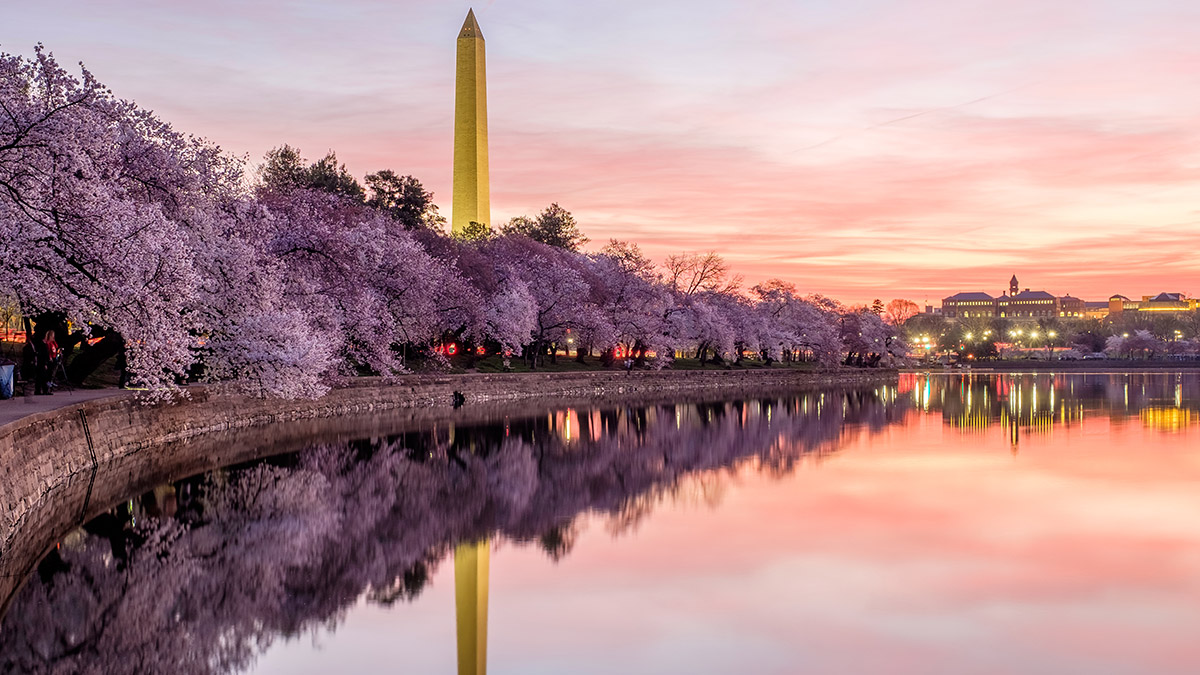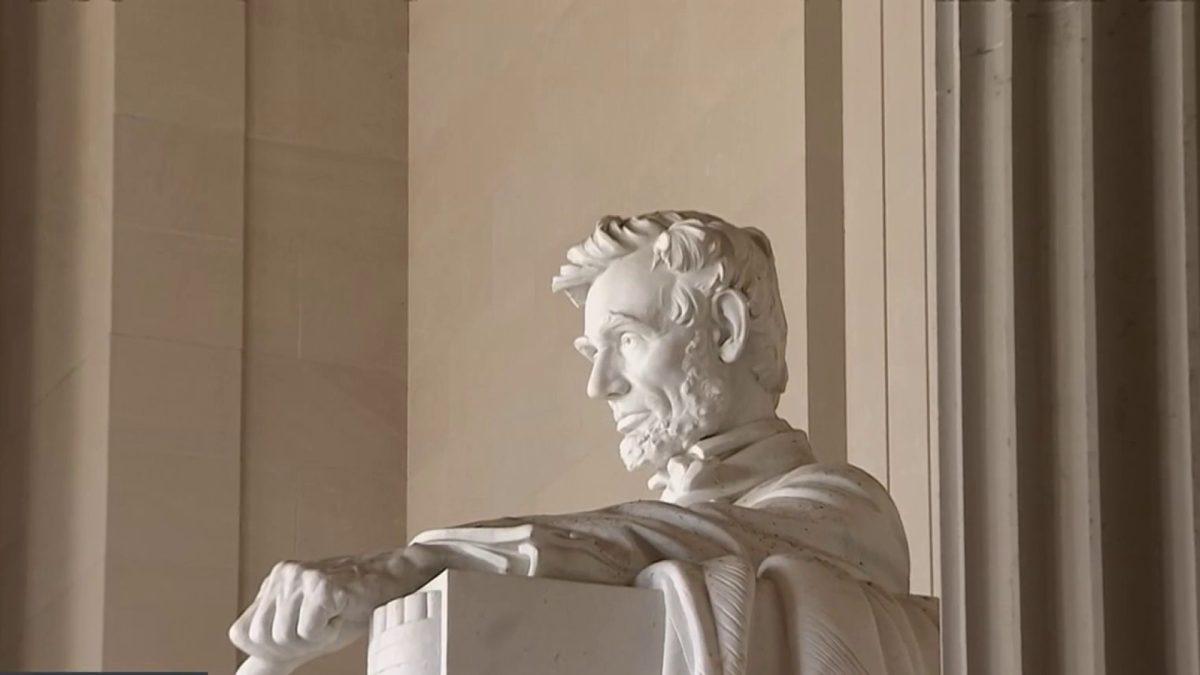
If you're visiting the D.C. area for a festival (cherry blossom season, anyone?), are new to the area, or just aren't used to taking your car into the city, finding a parking space near your destination can be intimidating — and expensive.
Here are some tips that might make it easier to find a space... and avoid getting ticketed or towed.
1. Accept that parking in D.C. will probably cost money
There is (some) free street parking in the District, but during the day, much of it is time-limited street parking that isn't ideal for long stretches exploring the city.
We're making it easier for you to find stories that matter with our new newsletter — The 4Front. Sign up here and get news that is important for you to your inbox.
Additionally, not all of that free street parking is consistently available. Some spots don't allow you to park at all during certain points in the day, like rush hour. Others have time limits that change based on the day of the week or the time of day.
Your options expand if you include the District Department of Transportation's roughly 18,000 metered spots... and no, you don't necessarily need to save your coins — there's an app for that (more on that in the next section).
Obviously, your options also become more reliable if you include the many pay-to-park garages in the city. Paying to stow your car is never the ideal option, but if you need a sure bet to make plans in D.C. for the day, factoring the cost of a garage or a few hours on a meter is likely to make everything run a little bit smoother.
2. Apps are your friend
There are a few handy apps available to help you find (and pay for) parking spots around D.C. at any cost.
Paying for Parking:
If you're looking to pay for on-street parking, ParkMobile is your friend here. The app allows you to pay without having to search your pockets for random coins to feed a meter. You can use the app to pay at many (although not all) pay-to-park spots around the District, including around the National Mall.
The app is pretty easy to use, but you'll need a few minutes to set it up. (Here's a quick explainer video on ParkMobile's site.)
First, you'll need to sign up for a free account, enter your payment details and add info about your vehicle, such as make, model and license plate number. Set up your account before you head out, or give yourself a few extra minutes when parking to deal with it.
Once you've parked, look for the green ParkMobile signs or stickers to get the four- or five-digit code for your parking zone; usually there's a distinct code for each side of a block.
Enter the code from the sign closest to your car and specify the length of time you'd like to park. You can pay for the maximum permitted time, or for a certain number of hours/minutes. If you pay for less than the max and then need more time, you can extend your time in the app (and you can do it from anywhere — no running back to your car like in the days of meters.) You can also get a reminder sent to your phone when your time is about to expire.
Finding Parking:
SpotHero, which acquired the popular-but-now-defunct Parking Panda app in 2017, allows users to easily look for garage and lot parking nearby, see costs ahead of time, and also allows users to reserve parking ahead of time. The app is free, but requires an email and password to create an account.
You can filter results in SpotHero by self-park or valet spots, garages or uncovered lots, and various other features such as wheelchair accessibility or EV charging. The map feature also makes it easy to compare prices and check the distance between potential parking spots and your destination.
SpotAngels, another app, lists free and metered street parking options in addition to garages and lots. If you select a specific location, you can look at the time limits, cost and restrictions on that spot before you go. And, like with SpotHero, users can filter by time limit and price.
There's also a helpful feature for those who find it difficult to navigate without GPS: if you select a space and decide you want to drive there right away, you can tap for directions in either app and open Waze, Google Maps or Apple Maps with that address pre-loaded.
Spot Angels is free but requires an email and password to create an account. There's also a paid platform on the app, SpotAngels Plus, that provides extra benefits, such as alerts for street cleaning and open spots, as well as some cashback in garages, but the vast majority of the app is available at no cost.
Finally, ParkDC — the official DDOT parking app — maps available metered and street parking spots throughout the District. Meters for handicapped spots are also included.
ParkDC's street parking feature is also color-coded based on how many spaces are available in that area at a given time, with updates throughout the day: Red means there's from zero to two spaces available, orange means three or four spaces, and green means five or more available spots.
And, depending on the garage or app you're using to find spaces, you might get a discount if you reserve your space online first.
3. Know where you definitely can't park
There are a few things to keep an eye out for once you see a parking space in the District.
According to DDOT, red-topped parking meters are handicapped spots. Spaces marked by signs with a red pole are also for people with disabilities. You can go here for a map of accessible parking spaces in D.C.
There are also rush-hour restrictions on certain "arterial roads" between 5:30 a.m. and 9:30 a.m., and from 3:30 p.m. to 7 p.m., on Monday through Fridays. Those restrictions were suspended at the beginning of the pandemic, before DDOT reinstated them in 2021. If you park in those zones during a restricted time, you could get a ticket — and be aware that rush hour tickets are especially pricey.
Signs are posted along most streets stating whether, when and for how long drivers can park their cars. But it's a good idea to read those signs very carefully, or a few times. As News4's I-Team reported in 2018, those signs can get confusing, and at times, they might appear to actually contradict each other.
According to DDOT, when drivers see multiple signs for the same parking space, they should read the signs from top to bottom. The signs on the sign posts are arranged from the most restrictive at the top, to the least restrictive at the bottom — and all the signs apply.
Go here for a guide on how to read the D.C. parking signs, complete with pictures and explanations.
4. Learn from the locals
If you have a friend who lives in the city, ask if they can apply for a visitor parking permit in their neighborhood. That pass "allows guests of District residents to park for more than two hours on Residential Permit Parking or RPP-zoned blocks" for up to 15 days, according DDOT, meaning you can use street parking in their neighborhood for longer than the typically allowed two hours.
Not all wards in the District are eligible for the program, and you won't be able to move your car to a different zone and escape the ticket if you're parked for too long. But if you just need the car to get into D.C. and plan on walking or using the Metro the rest of the time, it's an option.
News4's transportation reporter Adam Tuss also has some helpful tips.
“If you really want to try to find parking around the National Mall and Tidal Basin for the [cherry] blossoms, you need two things — patience and an outside the box approach," he said. "Places like Ohio Drive do have parking, but it will fill up quickly."
"Think a bit differently - like East Potomac Park, for a parking spot. But as always, Metro will be your best bet to avoid the stress of traffic and parking. The Smithsonian station lets you out right in the Mall."
Metro also has parking garages or lots at 48 of its stations. The cost to park on weekdays varies depending on the station and how long you're leaving your car there, but it's relatively inexpensive — to the point that a number of D.C. commuters park at Metro stations and ride the rails into work every day. And parking at Metro-operated lots is free on weekends and federal holidays.
Four stations allow multi-day parking at no extra cost beyond the regular parking fee:
For more information on Metro station parking options, go here.
News4's Senior Investigative Producer Rick Yarborough and Digital Managing Editor Carissa DiMargo also contributed to this report.



